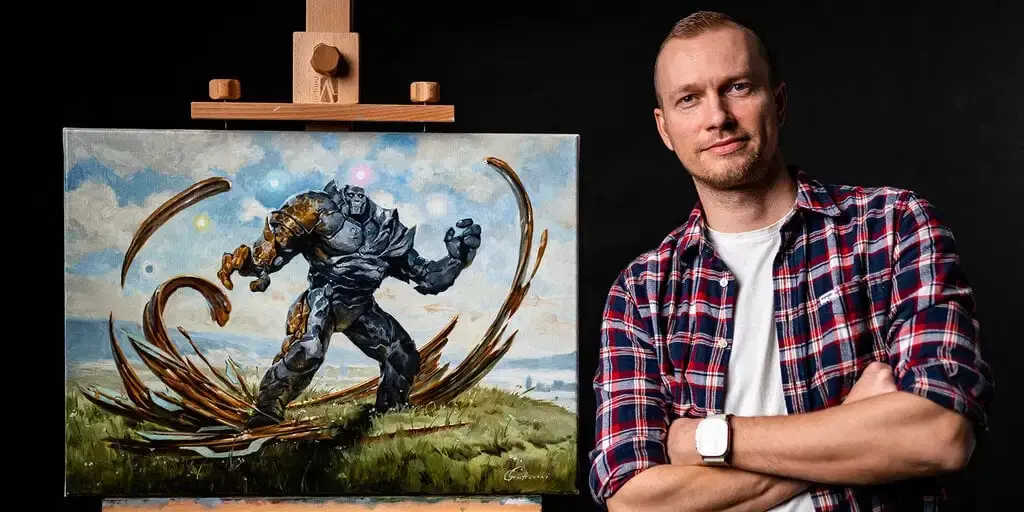Greg Rutkowski, a digital artist known for his surreal style, opposes AI art but his name and style have been frequently used by AI art generators without his consent. In response, Stable Diffusion removed his work from their dataset in version 2.0. However, the community has now created a tool to emulate Rutkowski’s style against his wishes using a LoRA model. While some argue this is unethical, others justify it since Rutkowski’s art has already been widely used in Stable Diffusion 1.5. The debate highlights the blurry line between innovation and infringement in the emerging field of AI art.



@selzero @raccoona_nongrata @fwygon I don’t think it’s even contraversial. Will sentient machines ever have an equivalent experience? Very probably. Will they be capable of creating art? Absolutely.
Can our current statistical bulk reincorporation tools make any creative leap? Absolutely not. They are only capable of plagiarism. Will they become legitimate artistic tools? Perhaps, when the people around them start taking artists seriously instead of treating them with distain.
@glenatron @raccoona_nongrata @fwygon
This angle is very similar to a debate going on in the cinema world, with Scorsese famously ranting that Marvel movies are “not movies”
The point being without a directors message being portrayed, these cookie cutter cinema experiences, with algorithmically developed story lines, should not be classified as proper movies.
But the fact remains, we consume them as movies.
We consume AI art as art.
@selzero @raccoona_nongrata @fwygon I try not to consume it as art. There is plenty of original art by real artists. The averages of that dataset are less interesting to me than the original data points.
@selzero @glenatron @raccoona_nongrata @fwygon And thousands of people’s creativity is in the Marvel movie, but one person hammering out a prompt on the AI art. They’re still vastly different. Even the most banally corporate movie is still a work of staggering human creativity and _working together_.
Stable diffusion image generators are not.
@aredridel @glenatron @raccoona_nongrata @fwygon
Humans are also machines, biological machines, with a neurology based on neurons and synapse. As pointed out before, human “creativity” is also a result of past external consumption.
When AI is used to eventually make a movie, it will use more than one AI model. Does that make a difference? I guess your “one person” example is Scorsese’s “auteur”?
It seems we are fetishizing biological machines over silicon machines?
@selzero @glenatron @raccoona_nongrata @fwygon no. Human relationships of cocreation over purely extractive ones. It’s not the biology (though humans have human relevant social drives simple algorithms don’t), it’s the relationships.
It’s obscuring that as if these clusters of Gpus care about creating and form relationships based on them that is so offensive.
@aredridel @glenatron @raccoona_nongrata @fwygon
I don’t understand, can you elaborate please. How is it not biological?
@selzero @glenatron @raccoona_nongrata @fwygon it’s biological the way zoology is physics. Technically true but so deeply ignorant of the orders of magnitude of history and emergent complexity for that also to not be relevant. It’s a profoundly reductive way to look at things to the point of missing their fundamental nature.
@aredridel @glenatron @raccoona_nongrata @fwygon
So, a human being a link in the chain of this historical cultural development of creation, is “more valuable” than a machine doing that?
Who makes these rules?
There is some kind of value structure at play here that I have not been made privy to?
@selzero @aredridel @glenatron @raccoona_nongrata @fwygon a human being is capable of creating something from nothing but their imagination, and can do so for free, at little cost to the environment. AI can not. And if you replace all human creativity with AI it will become incapable of creating anything purposeful.